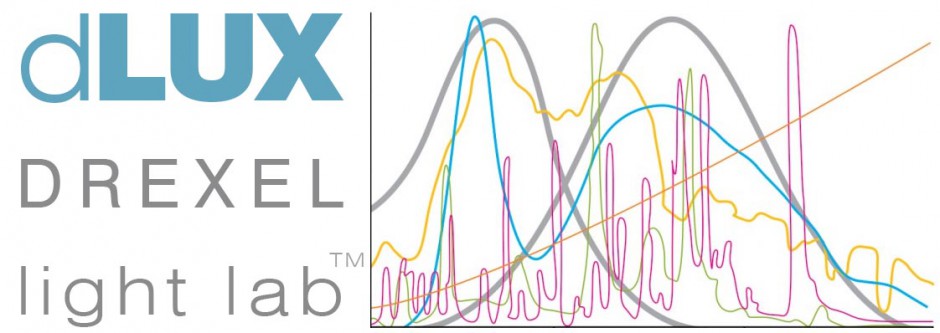dLUX brings together students, faculty, and partners from a variety of disciplines to investigate light in the built environment and its effect on life and energy use. In today’s rapidly-changing, inter-connected world, the need is increasing for building technologies that are not only environmentally friendly, but also in tune with human factors. With experts from the design and engineering disciplines and the health professions, the dLUX team seeks to better understand the links between the inherent characteristics of natural and electric light sources and their effects on biological rhythms and health outcomes.
Energy-effective design
Solar orientation, natural ventilation, and low-energy systems can all play a major role in reducing the environmental footprint of a building. Combined with adaptive natural and artificial lighting, as well as shading and building envelope technologies, dLUX’s research addresses the impact of these strategies on resource consumption and occupant comfort.
Impact on health outcomes
Characteristics of the built environment contribute significantly to human physiological factors. The dLUX team investigates the effects of existing and next-generation building systems on human health with a focus on circadian rhythmicity, visual perception and acuity, and cognitive function. dLUX works with human services organizations to create indoor environments for special needs populations such as children with autism spectrum disorder, older adults with dementia, and others with intellectual or behavioral disabilities.
A holistic approach
Bringing the best aspects of the outdoor environment inside is the overarching principle that guides dLUX’s research. How can we tunnel sunlight into a large building, or make a cloudy day feel like it’s sunny? Does simulating natural airflow patterns with indoor ventilation systems improve the sense of well-being? Is it possible to increase worker productivity and reduce stress levels, all while conserving energy use? These are the types of questions the dLUX team seeks to answer.

